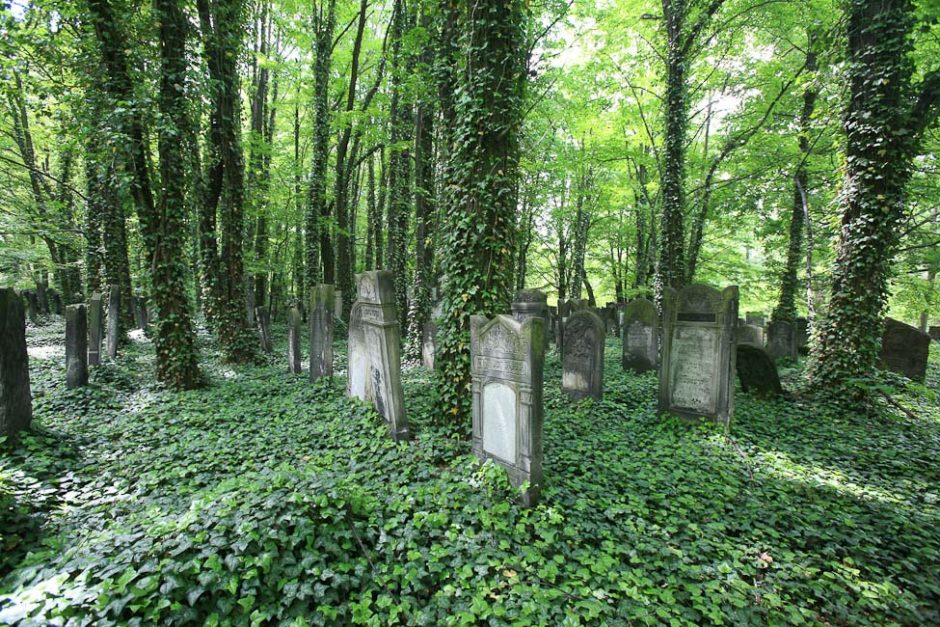Forty one years ago, I visited Poland, my parents’ birthplace, for the first time. My friend Henry Srebrnik, whose father and mother were born and raised in Poland as well, was my travelling companion. In accordance with our plan, we spent several days in Lodz and Czestochowa, the cities from which our parents’ hailed.
In each city, we paid a visit to the Jewish cemetery, hoping to find the graves of our ancestors.
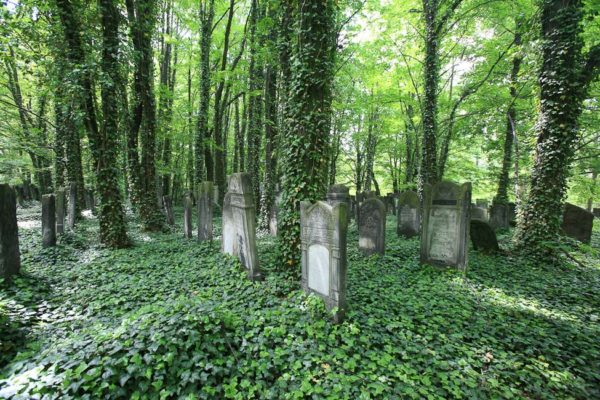
The cemetery in Lodz — a centre of the textile industry where the Jewish Poznansky family had loomed large — was vast and seemingly endless. It was also, in parts, scraggly, unkempt and overgrown. Hundreds, if not thousands, of gravestones were broken or listing in every direction. The Hebrew and Polish lettering on them had faded long ago.
We were sad and disappointed by the cemetery’s forlorn appearance.
But nothing prepared us for what awaited us in Czestochowa, the site of the famous Jasna Góra monastery and its Black Madonna painting, which attracts legions of visitors from around the world.
At the hotel where we were staying, we asked for directions to the cemetery. The desk clerk knew nothing about it, but promised to make inquiries. A while later, she provided us with nebulous information. The cemetery was on the other side of the railway line running through Czestochowa, she said.
Somehow, we got there, but saw nothing but a gate and, beyond it, a dense and seemingly impassable forest.
We crossed the tracks and walked toward the trees. Pushing the gate ajar, we entered into this unknown, partially sunlit zone. Before long, we spied the first weathered headstone bearing indistinct Hebrew letters.
We were in the cemetery.
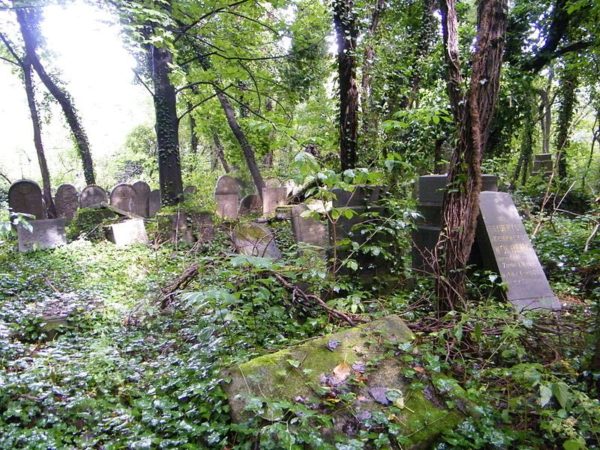
As we moved forward slowly, drinking in the scenery like thirsty explorers in an exotic land, we came upon numerous headstones amid an almost impenetrable tangle of trees, bushes, vines, weeds and wildflowers. Many of the headstones were standing straight. Others were leaning forward or backwards. Still others had fallen to the ground, covered by a layer of moss.
It would be an understatement to say that the cemetery was neglected. It had been forgotten and left to the mercy of the unrelenting elements.
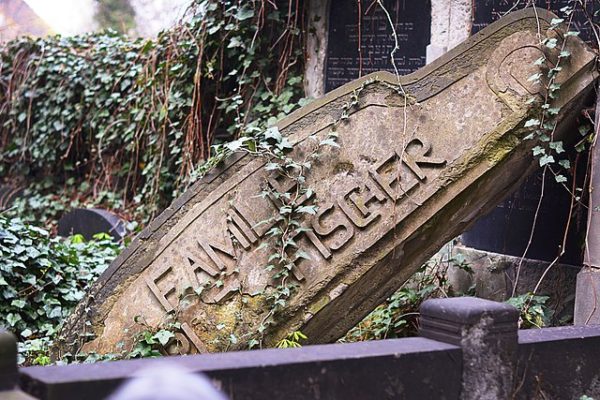
The reason was clear. The Nazis had virtually obliterated Czestochowa’s Jewish community, and the relatively few remaining Jews in postwar communist Poland lacked the funds, or perhaps the desire, to properly maintain the cemetery, which was opened in 1799.
Much of the same thing happened in the rest of Eastern Europe, where Jewish communities were decimated and where communist regimes, backed and supported by the Soviet Union, emerged in the wake of World War II and the Holocaust.
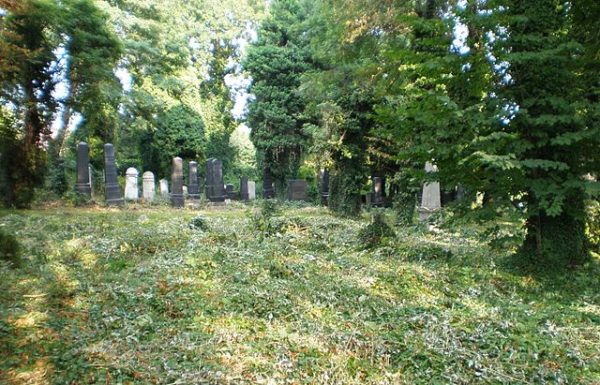
These somber recollections came to mind as I read an article about a current exhibition in Warsaw. Hosted by the Sejm, Poland’s parliament, it focuses on re-purposed, destroyed and abandoned Jewish cemeteries in Poland through the medium of graphic photographs. This unusual exhibition is under the patronage of the Speaker of the Sejm, Marek Kuchcinski of the ruling Law and Justice Party.
The exhibition raises, of course, disturbing questions about the state of Jewish cemeteries in a staunchly Catholic nation that was once home to Europe’s largest Jewish community. On the eve of the war, 3.3 million Jews lived in Poland. By 1945, more than 90 percent of Polish Jews had been murdered by the Nazis during their unimaginably brutal occupation.
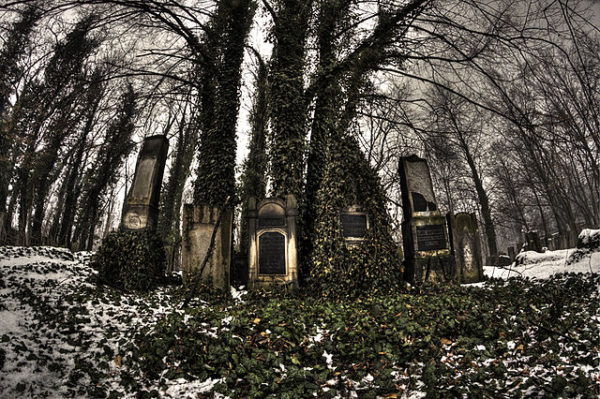
The Nazis, in their ardor and haste to erase all traces of Jewish existence, vandalized Jewish cemeteries throughout Poland, leaving only a few intact. If they had won the war, they surely would have finished the job with the utmost glee.
To be fair, the Nazis were not the only villains. As the exhibition in the Sejm indicates, Polish towns and cities during the communist era all too often levelled Jewish cemeteries no longer in use and converted them into factories, parks, swimming pools, storage sheds and shooting ranges. And as I recently read, the disused Jewish cemetery in Klimontow, a town 30 kilometres northeast of Krakow, was turned into a state-funded sports complex consisting of a soccer and basketball court.
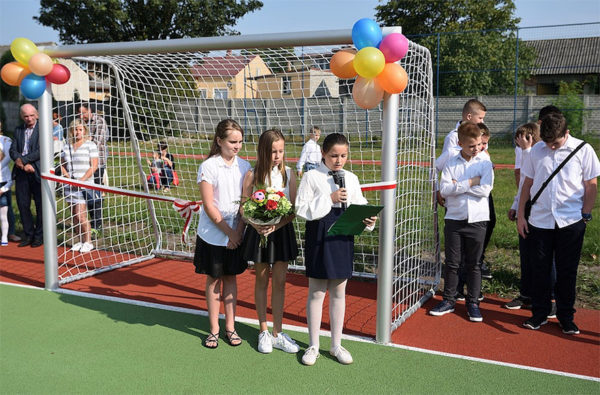
As the record shows, the Polish government is not entirely oblivious to the need to preserve Jewish cemeteries. The Sejm recently allocated 100 million zlotys to restore Warsaw’s huge Jewish cemetery, which was established in the 19th century and holds the remains of about 250,000 people.
According to the Foundation for the Preservation of Jewish Heritage in Poland, there are from 1,200 to 1,500 Jewish cemeteries in Poland. Most are in an advanced state of neglect, lacking markings and fences. Some have even been stripped of their gravestones. In general, these cemeteries are unprotected and unmaintained, vulnerable to the ravages of vandals.
Virtual Shtetl, which has published a report on Jewish cemeteries, lists 1,172 known Jewish cemeteries, or sites of destroyed cemeteries, in Poland. Of these, 247 are included in the national register of historic/cultural monuments.
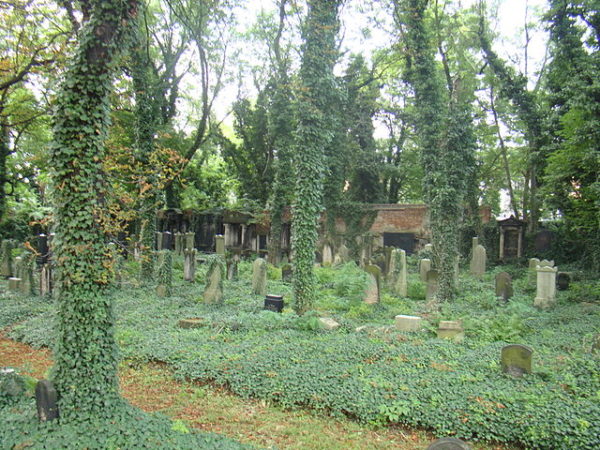
The author of the report, Krzysztof Bielawski, believes that knowledge of Poland’s Jewish cemeteries “is still insufficient.” Much of the pre-World War II documentation was lost, and no comprehensive inventory of gravestones exists.
Only several dozen Jewish cemeteries, including those in Krakow, Lesko, Międzyrzec Podlaski, Olkusz, Slubice, Tarnow, have been researched and described in published monographs, Bielawski writes.
This is a shame and a pity. A Jewish community of such pedigree surely deserves much better treatment.
